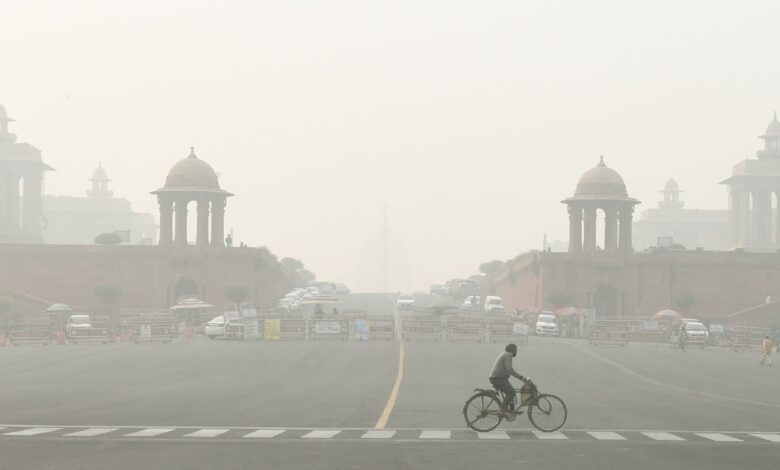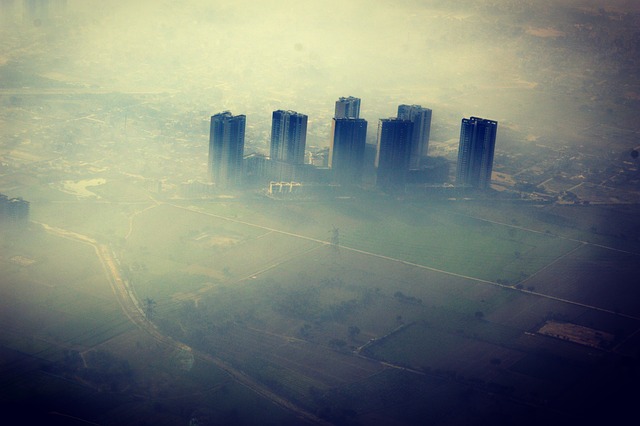Air pollution cannot be solved by means of smog towers: DPCC
The Rs 25-crore smog tower in Connaught Place, which has been in service for two years, can only reduce air pollution by up to 17% within a 100-meter radius.

The Delhi Pollution Control Committee (DPCC) informed the National Green Tribunal (NGT) that the two experimental smog towers in the city have not been successful in lowering air pollution and that there is no justification for operating these expensive massive air purifiers.
The pollution control body emphasised in a report submitted to the NGT last week that the two smog towers in Delhi should be repurposed for the ‘dissemination of technical information on air pollution control as a museum’ and that smog towers cannot be a ‘practical solution’ to the air pollution problem.
The Rs 25-crore smog tower in Connaught Place, which has been in service for two years, can only reduce air pollution by up to 17% within a 100-meter radius, according to DPCC senior scientist Nandita Moitra’s assessment.
The pollution control board stated that more than 47,000 of these towers would be required for Delhi given its large area of 1,483 square kilometres. Each tower would require an installation cost of Rs 25 crore and an ongoing maintenance and operation cost of Rs 15 lakh.
It is “not at all justified” to reduce pollutants within a 100-meter radius by only 17% at a capital cost of Rs 25 crore and ongoing expenses of Rs 10 to 15 lakh per month. That’s not even a drop in the ocean, the study from the DPCC stated.
It stated that both towers were experimental and that the results did not support the significant outlay of public monies.
Last week, central government sources stated that the administration opposes the installation of further massive air purifiers and that smog towers are not a viable solution to the air pollution issue in Delhi-NCR.
In accordance with the Supreme Court’s orders, the two smog towers—one at Connaught Place under the DPCC and another at Anand Vihar under the Central Pollution Control Board (CPCB)—were erected in 2021.
The Delhi Environment Minister, Gopal Rai, had earlier stated that the ‘unilateral’ directives given by Ashwani Kumar of the DPCC caused the Connaught Place smog tower to be temporarily closed.

The Connaught Place pollution tower resumed operations last week as per the apex court’s directives.
Based on statistics from the CPCB, during the winter of 2021–2022, the Anand Vihar smog tower lowered PM2.5 concentrations by up to 17% and PM10 pollution levels by up to 27% within a 100-meter radius.
The Connaught Place smog tower, according to the Delhi government last year, could cut air pollution by 70–80% within a 50-meter radius and by 15–20% up to 300 metres.
Based on statistics from the CPCB, during the winter of 2021–2022, the Anand Vihar smog tower lowered PM2.5 concentrations by up to 17% and PM10 pollution levels by up to 27% within a 100-meter radius.
The Connaught Place smog tower, according to the Delhi government last year, could cut air pollution by 70–80% within a 50-meter radius and by 15–20% up to 300 metres.
You might also be intersted in – Supreme Court issues stern warning to Punjab on stubble burning amidst Delhi air pollution



